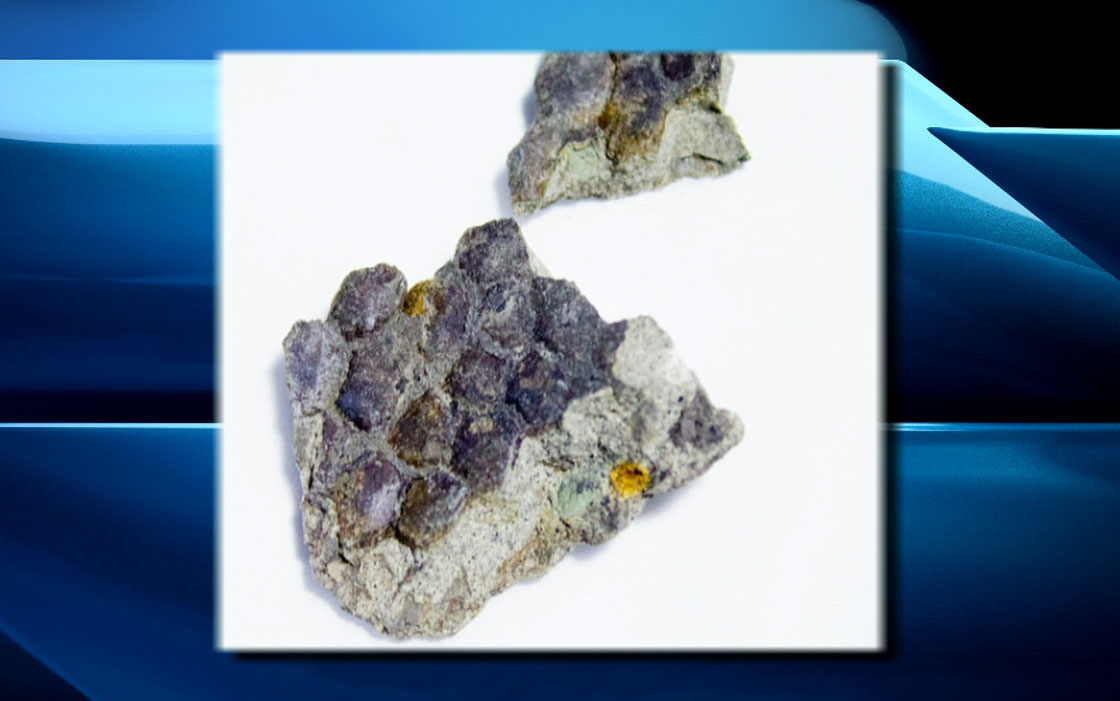SASKATOON – One of the most preserved dinosaur skin fossils ever found is being tested at the Canadian Light Source (CLS) synchrotron in Saskatoon.

Scientists are trying to determine the skin colour and explain why the fossilized specimen remained intact for approximately 70 million years.
University of Regina physicist Mauricio Barbi says the skin is from a hadrosaur which lived in the late-cretaceous period. The specimen was found near a riverbed in Grand Prairie, Alberta.
Barbi also says this is only the third three-dimensional dinosaur skin specimen ever found in the world.
Scientists are looking for organic structures called melanosomes, which contain pigments and dictate the color of an animal’s skin.
“If we are able to observe the melanosomes and their shape, it will be the first time pigments have been identified in the skin of a dinosaur,” said Barbi.
Using light at the CLS mid-infrared beamline, scientists are also looking for traces of organic and inorganic elements that could help determine why the skin was preserved so well.
“There is something special about this fossil and the area where it was found and I am going to find out what it is,” said Barbi.


Comments